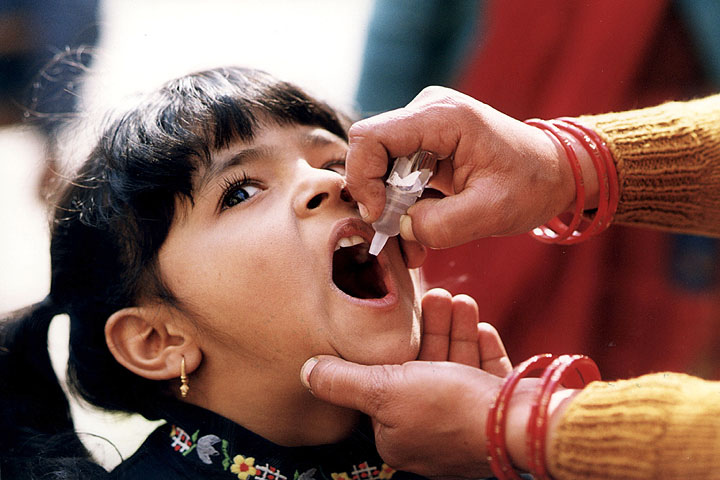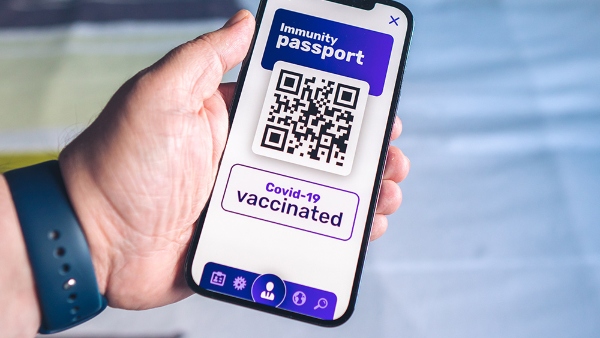Getting the flu vaccine with Pfizer’s COVID-19 booster increases STROKE RISK
03/30/2023 / By Zoey Sky

According to data, someone living in the U.S. suffers a stroke once every 40 seconds and someone dies because of it once every three minutes.
Overall, strokes cost the U.S. over $53 million per year in healthcare costs. Strokes are the top cause of long-term disability, and they cause mobility limitations and cognitive impairment.
Despite the issues caused by strokes, Big Pharma is making the problem worse by forcing the public to get Wuhan coronavirus (COVID-19) bivalent boosters and flu shots.
Despite claims from Big Pharma and mainstream media that COVID-19 vaccines are safe, many reports have shown that they are linked to many negative side effects and deaths.
Even the FDA has admitted getting your annual flu shot at or near the same time as a COVID-19 booster shot increases your risk of a “potentially deadly stroke.”
The official study that revealed the dangers of taking Pfizer’s bivalent COVID-19 booster shot with the yearly flu shot is small, but it is very important in the context of human health.
In December 2022, the FDA officially acknowledged that the Pfizer COVID-19 vaccine was linked to blood clots in older patients after reviewing the results of a sizable study on seniors aged 65 and older.
In January 2023, both the FDA and Centers for Disease Control and Prevention (CDC) said they would take a closer look at the alleged links between Pfizer’s coronavirus booster injections and strokes of the ischemic variety among the elderly.
According to the official statement released by the CDC, the use of the updated Pfizer coronavirus booster shot, when analyzed in the context of the vax Safety Datalink, reveals there is “sufficient reason for additional analysis to determine whether ischemic stroke is that much more likely to occur in patients age 65 and older after receiving the bivalent booster and yearly flu shot.”
The CDC’s statement also detailed how elderly people who got the bivalent booster are more likely to experience an ischemic stroke three weeks after the injection. The agency also claimed that the chances of such a stroke significantly decrease after the three-week mark from the point at which the patient received the COVID-19 booster shot and the annual flu shot. (Related: Study: Natural immunity provides better protection against omicron than COVID shots.)
Pfizer denies CDC allegations
Following the release of the CDC’s statement, Pfizer responded and denied the allegations.
A spokesperson for Pfizer claimed that there is no evidence that links ischemic strokes to the injection of its bivalent COVID-19 booster shot at or near the same time as the injection of the annual flu shot.
But those who are dedicated to getting the truth out to the public have countered Pfizer’s narrative with the FDA’s admission that many patients who suffered a stroke also received their flu shot on the same day as they received their bivalent COVID-19 booster shot.
With the data from the CDC and the FDA’s admission, there’s a great chance that getting the flu shot on or near the same day as the Pfizer COVID-19 bivalent booster shot may be a contributing factor for subsequent ischemic stroke.
White House COVID-19 Response Coordinator Dr. Ashish Jha pushed for U.S. citizens to receive both the annual flu shot and bivalent COVID-19 booster, but failed to inform them of the potentially deadly timing of those injections.
How to reduce stroke risk
If you are well along in years and are worried about your stroke risk, follow the tips below to prevent stroke and boost your overall well-being.
Lower your blood pressure
High blood pressure is a huge factor. When not controlled, it can double or quadruple your stroke risk.
High blood pressure is the biggest contributor to stroke risk in both men and women. Monitoring blood pressure, and treating it if it is elevated, could help improve your vascular health.
First, your ideal goal should be to maintain a blood pressure of less than 120/80.
However, in some cases, there may be good reasons why you and your doctor will not want your readings to be this low. For some, a less aggressive goal, such as no higher than 140/90, may be more appropriate.
Lower your blood pressure by:
- Making sure you eat at least four to five cups of fruits and vegetables every day. You should also eat one serving of fish two to three times a week and several daily servings of whole grains and low-fat dairy.
- Limiting your salt intake to no more than 1,500 milligrams or half a teaspoon every day.
- Avoiding high-cholesterol foods like burgers and ice cream.
- Exercise regularly. Get at least 30 minutes of activity a day.
- If you smoke, quit smoking.
Lose weight and maintain a healthy weight
Obesity and the many complications linked to it, such as diabetes and high blood pressure, can also increase the risk of having a stroke. If you are overweight, losing only 10 pounds can help reduce your stroke risk.
It’s ideal to have a body mass index (BMI) of 25 or less, but this may not be realistic for everyone. Consult your physician to create a personal weight loss strategy.
You can start your weight loss journey by consuming no more than 1,500 to 2,000 calories a day. But this will depend on your activity level and your current BMI.
You can also increase the amount of exercise you do with fun activities like walking or playing tennis. For best results, try to engage in your favorite activities daily.
Exercise more
Exercise mainly helps promote weight loss and lowers blood pressure, but it is also a reliable stroke reducer.
Improve your well-being by exercising at a moderate intensity at least five days a week. If you aren’t used to exercising, start by taking a walk around your neighborhood every morning after breakfast.
When you exercise, try to reach the level at which you’re breathing hard, but you can still talk to someone else.
If you are going to work, take the stairs instead of the elevator. If you don’t have 30 consecutive minutes to exercise, break it up into 10- to 15-minute sessions daily.
Visit Vaccines.news for more information about the adverse side effects of flu and COVID-19 vaccines.
Watch the video below to know more about how COVID-19 vaccines affect reproductive health.
This video is from the AMPNews channel on Brighteon.com.
More related stories:
Fauci still promoting COVID boosters despite clear evidence of serious adverse effects.
Over-the-counter flu and cold medicine shortage continues across the world.
Sources include:
Submit a correction >>
Tagged Under:
Big Pharma, biological weapon, brain damage, brain health, CDC, covid booster, covid-19, FDA, flu shot, pandemic, Pfizer, pharmaceutical fraud, research, spike protein, stroke, truth, vaccine damage, vaccine injury, vaccines
This article may contain statements that reflect the opinion of the author
RECENT NEWS & ARTICLES
COPYRIGHT © 2017 IMMUNIZATION NEWS



















